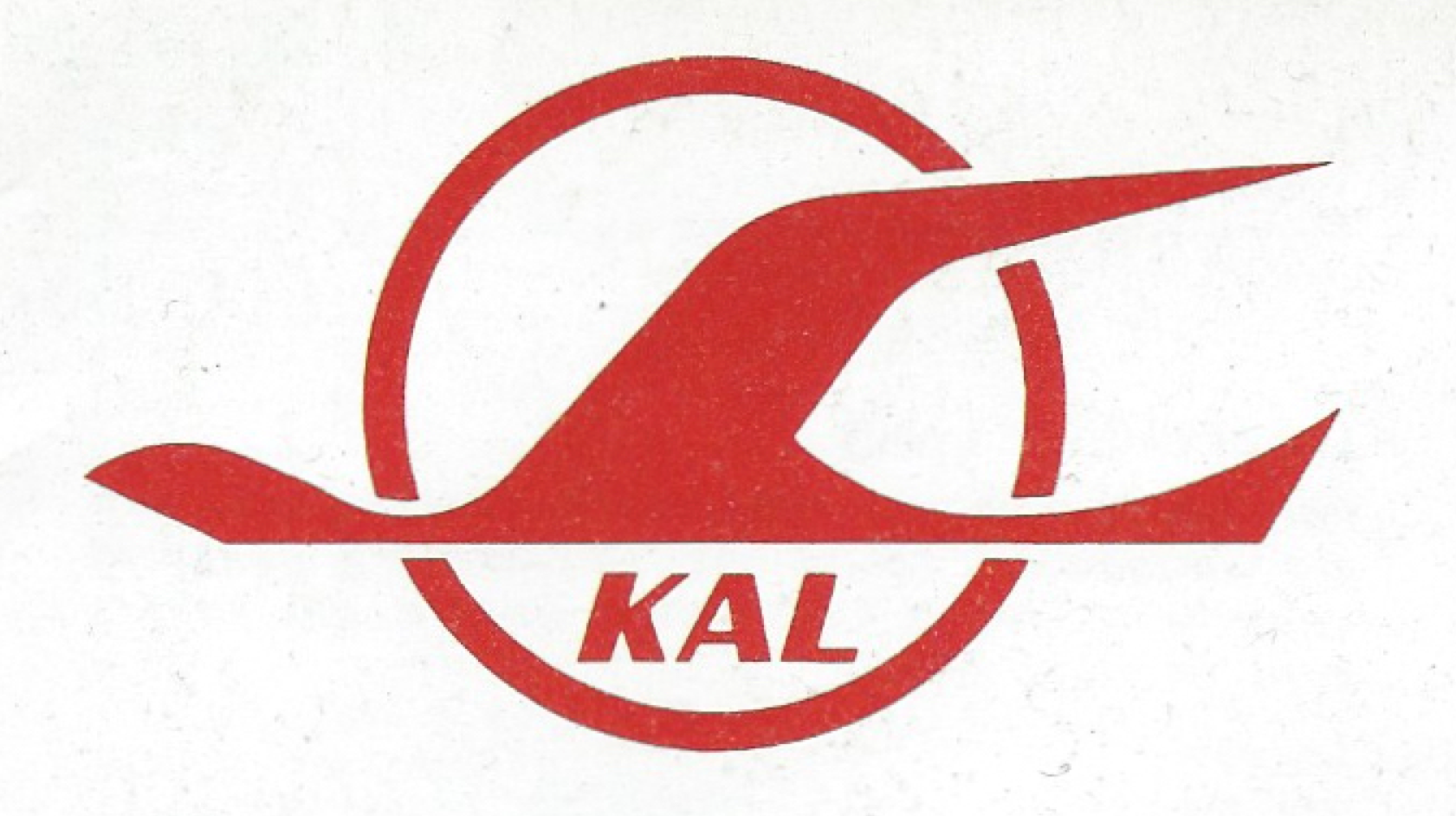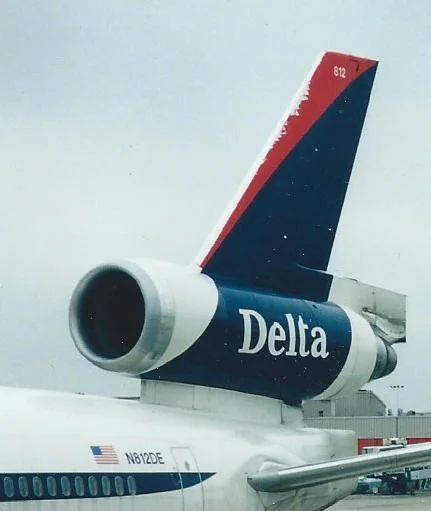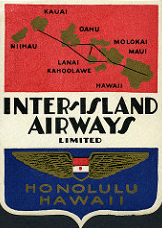Thai Airways - April 1983
/While home-grown service from Thailand to North America (San Francisco) did sort of begin in 1947 with DC-4s by the company POAS, albeit not on a regular schedule, that company was gone by 1951.
But, in 1951, after some merger activity, the carrier we would know as Thai Airways would come to exist. They were able to maintain a link with Tokyo with DC-4 equipment but had trouble getting anything more sophisticated into their fleet. In the late 1950s they tried to form a management alliance with Northwest Airlines - but the US government didn't want NWA to expand past Hong Kong and compete with their favored airline Pan Am. But in 1959 Thai was able to find an able partner with SAS - Scandinavian Airlines, who was able to provide management assistance and most importantly engineering and sourcing help for newer, advanced aircraft. We can look back at this relationship now and see the seed of today's Star Alliance - both carriers were early members.
By 1962 Thai was operating jet equipment, and by the late 60s had established a respectable network across East Asia, hubbing at Bangkok. But while Thai extended its routes to Europe and Australia in the early 70s, Tokyo remained their eastern terminal. A short lived-service to Los Angeles via Honolulu and Tokyo ran in the mid-70s by erstwhile competitor Air Siam, but that company was unstable and ended up causing a political crisis at home which ended up with the government owning a big chunk of Thai International and TG having all international traffic rights.
So by the late 1970s with stability at home and new DC-10s, Airbus A300s, and 747s joining the fleet, Thai began massive route expansion. In March 1980 they finally made the jump from Tokyo to Seattle. This flight, operated by 747s, originally continued on to Los Angeles, but was soon switched to end at Dallas/Ft. Worth - a significant and pioneering link as this was DFW's first Transpacific service.
In the attached schedule scans (courtesy of the collection of my good friend Arthur Na), effective April 1, 1983, we see flight TG741 leaving Dallas/Ft.Worth on Monday, Thursday, and Saturday at 10:45 am, passing through Seattle/Tacoma 12:25 - 1:25 pm, Tokyo Narita the next day at 3:10 - 4:10 pm, and finally arriving Bangkok at 8:20 pm on Tuesday-Friday-Sunday.
The reverse schedule leaves Bangkok at 10:30 am on Wednesday-Friday-Sunday and gets to DFW at 6:25 pm the same day (thanks to the International Date Line.) The timings at Dallas and Seattle were superb for onward connections all over the United States.
While the arrival and departure times at Bangkok were certainly convenient for North American travelers wanting to get in or out of the Thai capital, TG had virtually nothing to offer for same-day flight connections to other Southeast Asian regional destinations - you would have to stay an extra night there when traveling to or from somewhere else.
By the late 1990s, Thai had left Seattle and DFW, making Los Angeles their North American terminal, served via Tokyo and also Osaka.
In the mid 2000s, Thai acquired ultra-long-range Airbus A340-500s and started nonstops from Bangkok to Los Angeles and New York JFK. While there was sound strategic network logic in the move, the 345 required too many payload compromises to perform the flights safely and the company could not fill enough seats at a high enough premium to justify the service. (Singapore Airlines tried the same strategy and also failed at it.)
After pulling the A340-500 out of service, Thai resumed LAX flights via Seoul with Boeing 777 equipment. However, the carrier ultimately dropped Los Angeles and North America completely in October 2015. While Thai, like most of the legacy carriers in Southeast Asia, has struggled with intense local competition, the relentless pressure by the "Middle East 3" on traffic to Europe and Australia, and the uneven economies of East Asia, it is nevertheless sad to see a well-regarded and friendly carrier leave the skies over the Pacific.






















